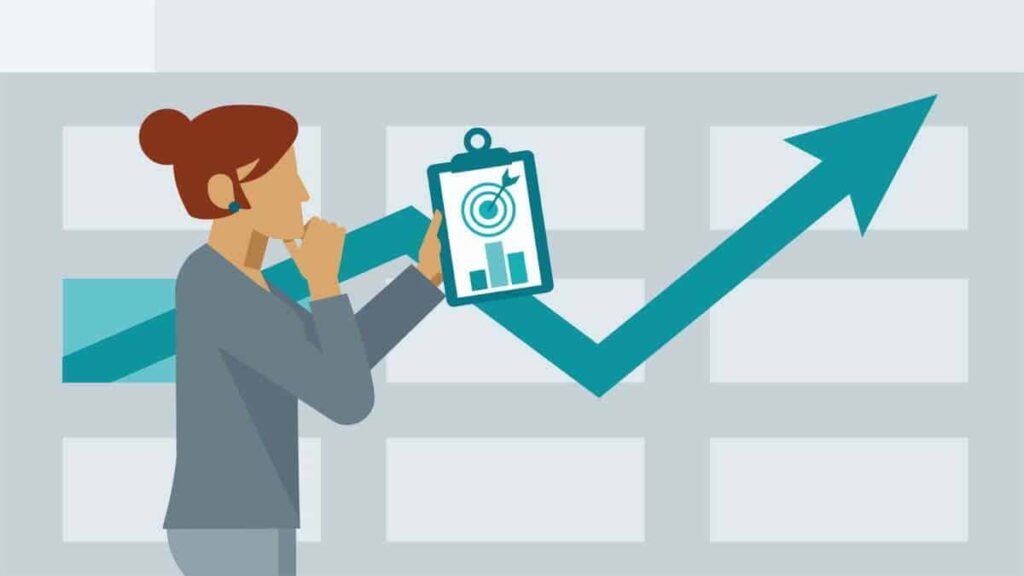Internal linking is an important search engine optimization (SEO) technique that can help increase your website's visibility and improve your search engine rankings. By placing internal links on your website, you can improve the user experience and help users find relevant content more easily. Below you will learn more about how internal linking can help your SEO campaign.
What is internal linking?
An internal link is a hypertext or link that connects two web within the same website. It can be an image, a phrase, or text that, when clicked or touched by the user, leads to another web page on the same site.
While external links are important for search engine optimization and increasing traffic to a website, internal links are just as important for user experience and website structure. They allow users to easily and quickly navigate through your site's pages and find the information they need.
There are several advantages to using internal links in the structure of a website. First, they help improve the navigation of the site, helping users find information more easily and quickly. In addition, they allow users to discover other useful and relevant pages within the same website.
Here's how internal linking can help you in your SEO campaign
Improving site navigation
Internal links can be used to direct users to relevant pages on your site so they can more easily find the content they are looking for. This can help improve the user experience and reduce your site's bounce rate. Internal links can also help search engines navigate your site more easily, which can lead to better indexing and increased visibility in search results.
Improving page relevance and authority
By placing internal links to other relevant pages on your site, you can help increase their relevance on search engines. Internal links can also help distribute authority from higher-ranking pages to lower-ranking pages, which can help increase their search engine rankings.
Increase time spent on site
Internal links can help improve the time users spend on your site. If you have relevant and interesting content on your site, users will be more likely to stay on your site longer if they find internal links to other relevant pages. This can help increase user engagement and reduce bounce rates.
Improving the SEO performance of pages
Internal links can help distribute relevant keywords and terms to relevant pages. By placing internal links that contain relevant keywords, you can help search engines better understand the topic of the page and associate those keywords with your site. Internal links can also help individual pages rise in search engine rankings by increasing their authority and relevance.




